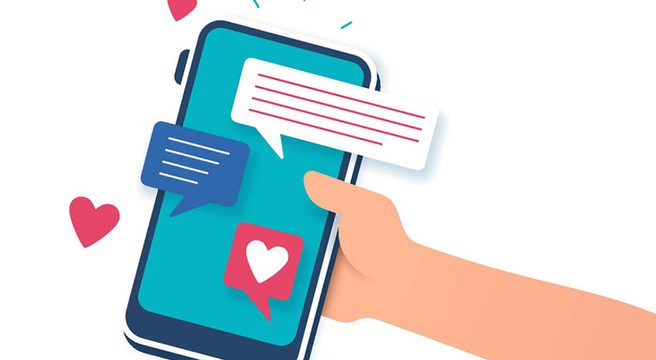Having recently joined a company that is very focused on B2B, when I’ve generally come from a consumer background, it has been very interesting to see the different approaches that are necessary to target the correct markets via Social Media. Now I’m in the process of drawing up a social media strategy that suits their needs across the EMEA (Europe, Middle East, and Africa) territories, and during the research phase I was surprised to find out that as a rule, B2B marketers were quite late to the social media party – but come 2011 are embracing it as a necessary tool for reaching and interacting with their clients. In fact I did come across a recent study that showed over 90% of B2b marketers are involved in at least one of the most popular social media portals like Facebook, Twitter and Linked In.
Facebook, it has to be said, has drawn long debate on its uses to a B2B business model. In a B2C business model it is absolutely crucial, but it has still not been established as to whether there are strong benefits in using it for a B2B model. My opinion is that it is better to have a presence on there than not – particularly as it almost seems like the social media wars are about to ramp up with Facebook pulling out all the stops to make itself a more attractive proposition for its users across all areas including business pages, while staring a real threat from Google+ in the face. And you can’t dispute the sheer numbers of users Facebook can boast – some of which will be inclusive of your client base. Twitter is of course very useful for that instant and sometimes informal link to your client base, where you can offer a level of customer service – but at the same timer when you have a product you are looking to sell it doesn’t have the functionality of offering the information at the level of detail that your potential clients will require.
Given those limitations, that is most like the reason why Linked In has emerged as the most-used social media portal for B2B companies and B2B marketing professionals. This is due to one very important factor – lead generation. The way Linked In is set up, it allows valuable interactions with potential clients both individually and through joining relevant groups and engaging via those means. Working in this manner means you are solely targeting potential clients, whereas on other social media platforms it is far harder to solely connect with those who will be interested in your product on a B2B basis.
The most important task you need to ensure you keep on top of as a B2B company is encouraging your employees to keep their individual user profiles up to date, as ultimately research has shown that it is from these profile pages that the most number of leads are generated. By doing this, your employees are spreading awareness to all those they are ‘Linked In’ with. Secondly make sure all your employees are listing on their profiles that they work for your company – as this will then send any users straight through to your Linked In company profile page with a single click of a mouse. When potential clients have come through to a company page, it means they are more serious about actually doing business with you – and this is why it’s paramount to have a well stocked company page that adds necessary information and product resource. Also if you can encourage your clients to add recommendations about your company, that will further instil trust into anyone who is considering your company s product(s)as a business option. Be sure to participate and engage in relevant Linked In groups as this is where all the like minded clients are going to be engaging as well. Share your content, your ideas, and your upcoming company news.
Therefore Linked In is an invaluable social media tool for B2B marketing. Be genuine and informative when you interact and engage, and you will find that even if you solely focus on Linked in as your B2B marketing approach, you will definitely see a return on that investment of time.





